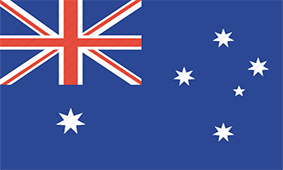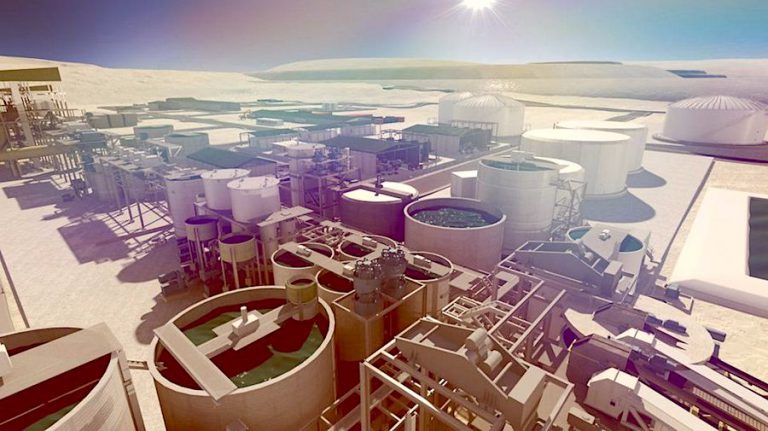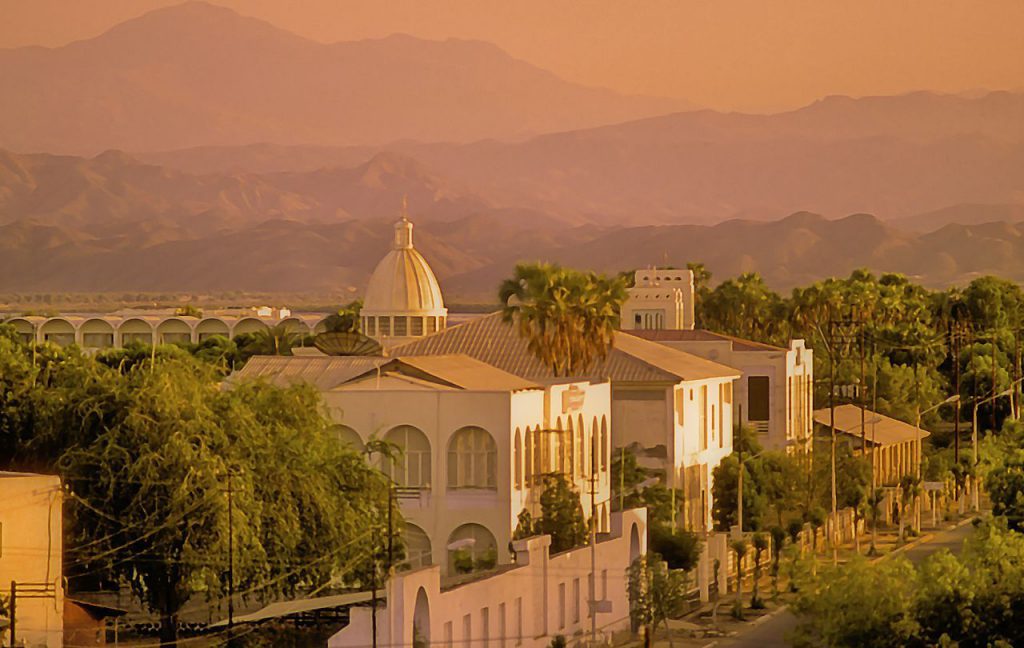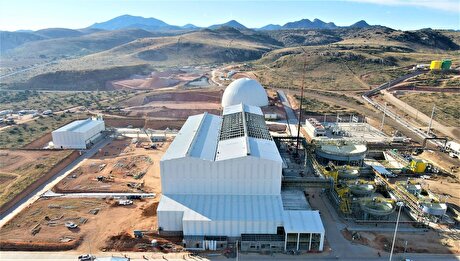
Danakali to start developing vast potash project in Eritrea

A key step toward that goal was taken late last year, when Danakali signed a $200 million funding mandate with a syndicate of African Export-Import Bank (Afreximbank) and Africa Finance Corporation (AFC)
“Colluli has the potential to meet the entire world’s potash demand for 30 years”
Danakali’s chief executive, Niels Wage
Once those credit approvals are confirmed, something the Perth-based company estimates will happen “any day” now, Danakali will kick off development of the 1.1 billion-tonne potash project.
Construction of the mine, 100% owned by Colluli Mining Share Company (CMSC), a 50:50 joint venture between the Aussie miner and the Eritrean National Mining Corporation (ENAMCO), is expected to take two and a half years.
“The government will benefit from the longer-term development of the project, and the expected significant boost to royalties, taxation and exports, and from jobs and skills and economic development of the region,” Wage told MINING.COM.
According to chief executive Niels Wage, Eritrea is set to start reaping the benefits of the project right away.
Game changer
A United Nations report published in January suggested that Colluli could significantly boost the economy of Eritrea, a country that, until last year, was on the UN’s sanctions list.
The report estimated that Colluli would contribute 3% of the country’s GDP by 2021 and 50% of the nation’s exports by 2030, while providing 10,000 direct and indirect local jobs.

Artist’s impression of the Colluli project. (Image courtesy of Danakali.)
The report also identified how the mine could help Eritrea advance its sustainable development agenda, which are 13 priority Sustainable Development Goals (SDGs). These include: no poverty, zero hunger, quality education, gender equality, clean water and sanitation, sustainable economic growth and decent work, industry, innovation and infrastructure, reduced inequalities, climate action, peace, justice and strong institutions and partnerships for the SDGs.
In the initial phase of operation, Wage said, Colluli would produce more than 472,000 tonnes a year of SOP. Annual output could rise to almost 944,000 tonnes if Danakali decides to go ahead with a second phase of development, as the project has a possible 200-year plus mine-life.
Hard to match
There are a number of aspects that make Colluli attractive. One of the most notable is that extracting potash at the site appears to be far simpler than at rival operations in Europe and North America.
“With mineralization at only 16m below the surface, Colluli is one of the shallowest and therefore lowest cost potash developments globally,” Wage noted.
It is also the largest known deposit of the fertilizer in the world. Given that current consumption of SOP is about seven million tonnes a year, Colluli could meet the entire world’s demand for 30 years.
There are also benefits associated with its location. On one hand, being only 75 km (47 miles) from the Red Sea coast, by the nation’s eastern border, makes it one of the world’s most accessible potash deposits.
Colluli’s location. (Courtesy of Danakali.)
“The site is 230km from the established port of Massawa, which provides access to the Red Sea shipping channel and thereby to key markets such as India, Southeast Asia, the Middle East, Europe and the rest of Africa,” Wage said.
The project is also by the border with Ethiopia, with which Eritrea held one of Africa’s deadliest border wars. In June 2018, the ruling coalition of Ethiopia (Ethiopian People’s Revolutionary Democratic Front), headed by Prime Minister Abiy Ahmed, agreed to fully implement the peace treaty signed with Eritrea in 2000, with peace declared by both parties in July last year.
Colluli has potential to produce other fertilizer products, such as Sulphate of Potash Magnesium (SOP-M), muriate of potash (MOP) and gypsum, along with rock salt.
There is also potential for kieserite and mag chloride to be commercialized with minimal further processing required.



Trump weighs using $2 billion in CHIPS Act funding for critical minerals

Electra converts debt, launches $30M raise to jumpstart stalled cobalt refinery

Codelco cuts 2025 copper forecast after El Teniente mine collapse

Barrick’s Reko Diq in line for $410M ADB backing

Abcourt readies Sleeping Giant mill to pour first gold since 2014

SQM boosts lithium supply plans as prices flick higher

Nevada army depot to serve as base for first US strategic minerals stockpile

Pan American locks in $2.1B takeover of MAG Silver

Viridis unveils 200Mt initial reserve for Brazil rare earth project

Kyrgyzstan kicks off underground gold mining at Kumtor

Kyrgyzstan kicks off underground gold mining at Kumtor

KoBold Metals granted lithium exploration rights in Congo

Freeport Indonesia to wrap up Gresik plant repairs by early September

Energy Fuels soars on Vulcan Elements partnership

Northern Dynasty sticks to proposal in battle to lift Pebble mine veto

Giustra-backed mining firm teams up with informal miners in Colombia

Critical Metals signs agreement to supply rare earth to US government-funded facility

China extends rare earth controls to imported material

Galan Lithium proceeds with $13M financing for Argentina project

Kyrgyzstan kicks off underground gold mining at Kumtor

Freeport Indonesia to wrap up Gresik plant repairs by early September

Energy Fuels soars on Vulcan Elements partnership

Northern Dynasty sticks to proposal in battle to lift Pebble mine veto

Giustra-backed mining firm teams up with informal miners in Colombia

Critical Metals signs agreement to supply rare earth to US government-funded facility

China extends rare earth controls to imported material

Galan Lithium proceeds with $13M financing for Argentina project

Silver price touches $39 as market weighs rate cut outlook

















